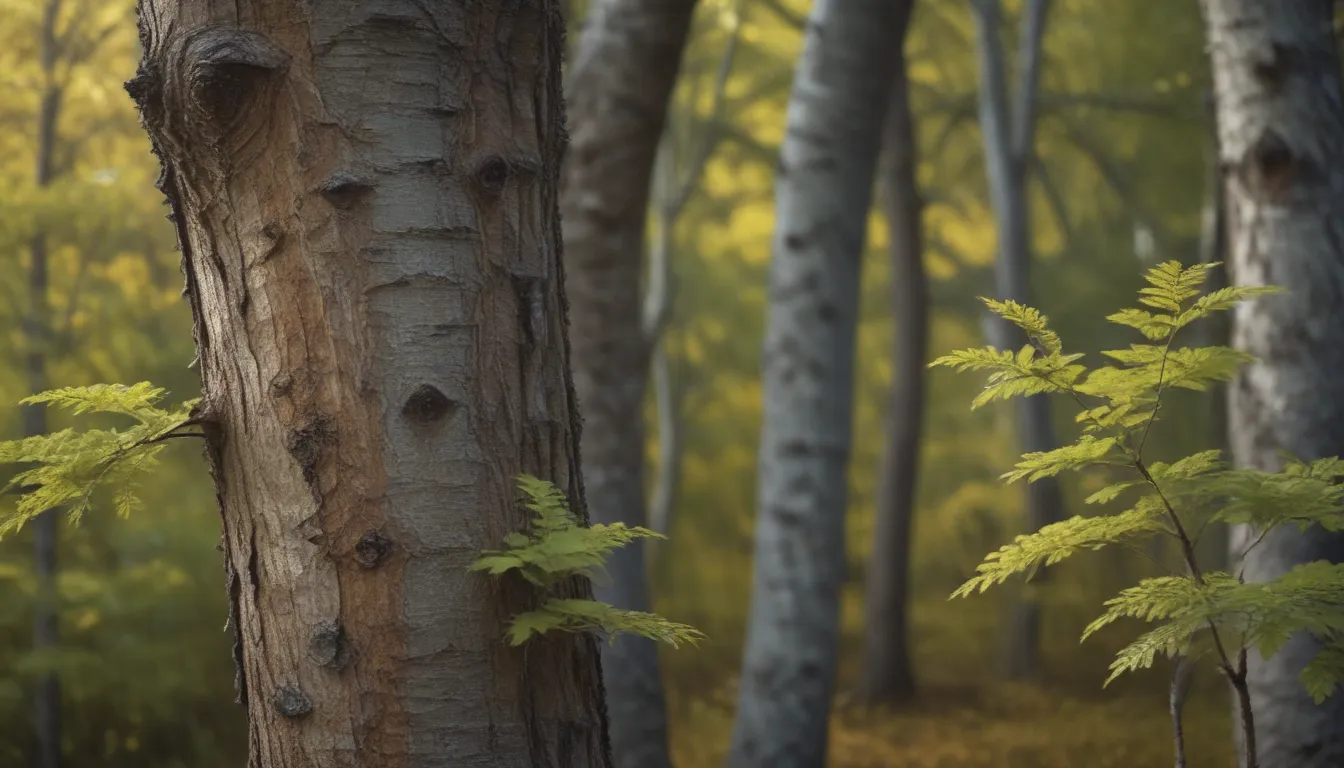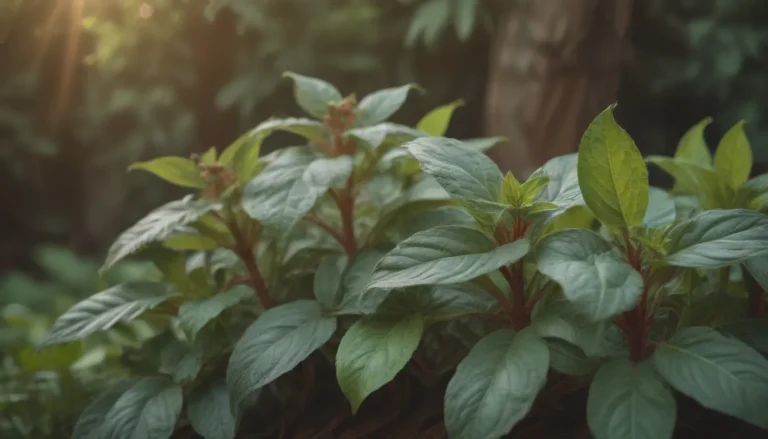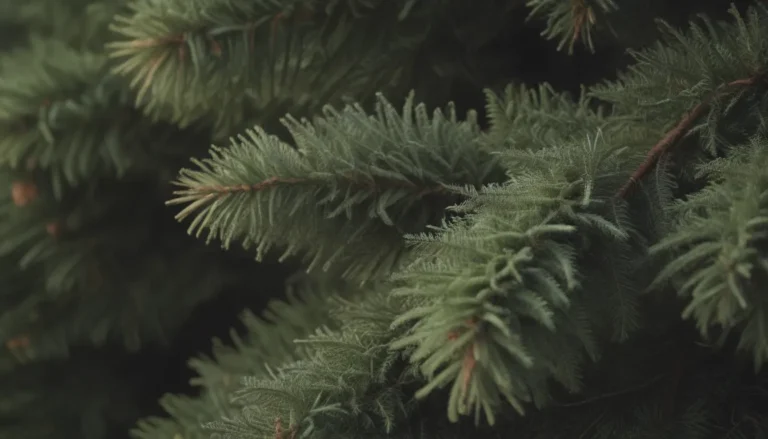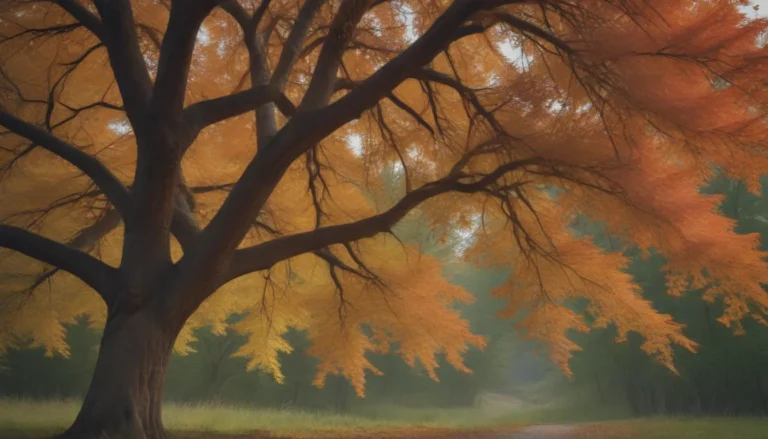Everything You Need to Know About Alder Trees

Are you looking to add some versatility and beauty to your yard or garden? Look no further than alder trees and shrubs! Alder trees, members of the Betulaceae family, are known for their moderate to fast growth rate of about two feet per year. These deciduous trees are unique for their catkins and strobiles, with both male and female flowers appearing on the trees.
Alder Tree Identification and Characteristics
Alder trees stand out with their distinct features, making them easy to differentiate from other trees. By examining the leaves, flowers, bark, and habitat, you can identify these remarkable trees.
- Leaves:
- Flowers:
- Bark:
- Habitat:
Benefits and Uses of Alder Trees
The versatility of alder trees is unmatched. From structural foundations to fine guitars to smoked meats, the uses of these trees are diverse and plentiful. The edible fruiting parts and anti-cancer properties found in the bark make alder trees a valuable addition to any landscape. Additionally, alders provide habitats for various butterfly and moth larvae, attracting birds with their strobiles and flowers.
- Building materials
- Flavoring smoked meats
- Anti-cancer properties
- Hosts for butterfly and moth larvae
Growing Tips for Alder Trees
Alder trees have the unique ability to fix nitrogen in the soil, making them ideal for landscaping areas with poor soil conditions. These trees thrive in moist areas like riverbanks, requiring regular watering, especially during dry periods. While alders can grow in a variety of soils, they perform best in full sun exposure.
- Nitrogen-fixing capabilities
- Moist soil requirements
- Full sun exposure
12 Varieties of Alder Trees for Your Yard
Spotting the differences within specific species of alder trees can help you choose the perfect addition to your landscape. Here are 12 common alder trees and shrubs to consider:
1. Black Alder (Alnus glutinosa)
- Native Area:
- USDA Growing Zones:
- Height:
- Sun Exposure:
2. Green Alder (Alnus viridis)
- Native Area:
- USDA Growing Zones:
- Height:
- Sun Exposure:
3. Gray Alder (Alnus incana)
- Native Area:
- USDA Growing Zones:
- Height:
- Sun Exposure:
4. Hazel Alder (Alnus serrulata)
- Native Area:
- USDA zones:
- Height:
- Sun Exposure:
5. Italian Alder (Alnus cordata)
- Native Area:
- USDA zones:
- Height:
- Sun Exposure:
6. Red Alder (Alnus rubra)
- Native Area:
- USDA Zones:
- Height:
- Exposure:
7. Seaside Alder (Alnus maritima)
- Native Area:
- USDA zones:
- Height:
- Exposure:
8. White Alder (Alnus rhombifolia)
- Native Area:
- USDA Zones:
- Height:
- Exposure:
9. Japanese Alder (Alnus japonica)
- Native Area:
- USDA Zones:
- Height:
- Exposure:
10. Mexican Alder (Alnus jorullensis)
- Native Area:
- USDA Zones:
- Height:
- Exposure:
11. Oriental Alder (Alnus orientalis)
- Native Area:
- USDA Zones:
- Height:
- Exposure:
12. Himalayan Alder (Alnus nitida)
- Native Area:
- USDA Zones:
- Height:
- Exposure:
Whether you choose a shrub or towering tree, alder trees are sure to thrive in wet, soggy soil conditions that might be challenging for other species. If you’re interested in fast-growing shade trees, consider maple or elm trees as alternatives.
In conclusion, alder trees offer beauty, versatility, and ecological benefits for any yard or garden. Whether you’re interested in their unique characteristics, growing tips, or specific species, these trees are a fantastic addition to any landscape. Remember to consider your local climate and soil conditions when selecting the perfect alder tree for your outdoor space.
References:
– Ren X., He T., Chang Y., Zhao Y., Chen X., Bai S., Wang L., Shen M., She G. The Genus Alnus, a Comprehensive Outline of Its Chemical Constituents and Biological Activities.Molecules.2017;22:1383. doi: 10.3390/molecules22081383
– Black Alder. University of Minnesota
– Alnus cordata | italian alder/rhs gardening.





